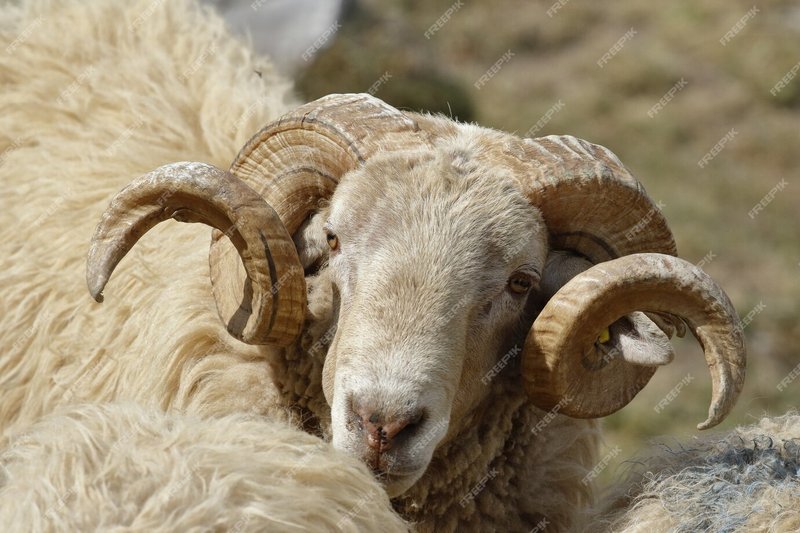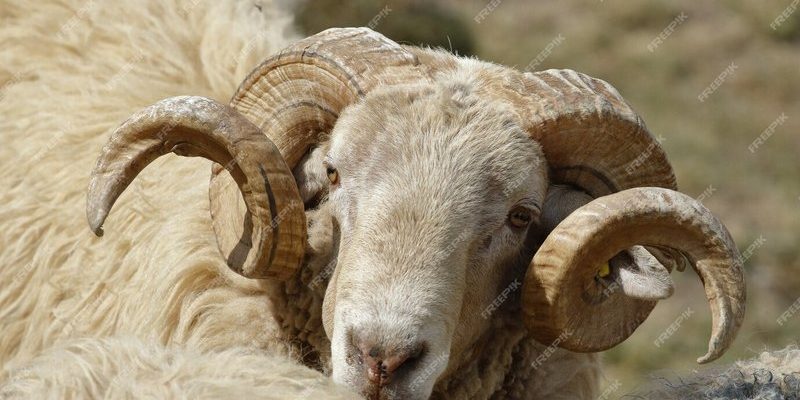
The Argali is not just a pretty face in the wild; it represents resilience and adaptability, traits that people value deeply. When we explore the Argali’s representation in culture and folklore, we see more than just a sheep; we uncover a symbol that brings people together, sharing tales that highlight their deep connection with nature. Let’s take a closer look at how this remarkable animal has influenced beliefs, stories, and artistic expressions.
The Argali in Central Asian Folklore
In many Central Asian cultures, myths and legends involving the Argali can be prevalent. This animal often symbolizes power and freedom, echoing the rugged terrain it inhabits. One famous tale involves a hero who chases an Argali across the mountains, only to learn that true strength comes not just from physical prowess but from understanding and respecting nature.
Folklore often describes the Argali as a guardian of the mountains, protecting the land from harm. In one legend, the Argali is said to guide lost travelers back to safety, embodying a spirit of guidance and safety. The stories serve as reminders of the resilience required to thrive in harsh environments, reflecting the challenges faced by local communities.
Moreover, these tales are often passed down through generations, showcasing the Argali as a pivotal part of communal identity. These narratives encourage respect for the land and its creatures, teaching younger generations the importance of conservation through storytelling.
The Argali in Traditional Art and Craft
The influence of the Argali doesn’t stop at stories. This iconic animal appears in various forms of traditional art and craft throughout Central Asia. You might find its image on textiles, pottery, and even carvings. Artisans often depict the Argali’s striking silhouette, showcasing the creature’s power and grace.
For example, in Kazakhstan, you can find beautiful embroidered textiles featuring the Argali, symbolizing strength and protection. These pieces are not just decorative; they carry deeper meanings, often used in traditional ceremonies or celebrations to invoke good fortune.
Similarly, sculptures of the Argali are common in the region. They often serve as markers in landscapes, celebrating the connection between people and nature. Through art, communities express their admiration for this magnificent creature, making it a lasting symbol of cultural heritage.
The Argali in Modern Literature and Media
Fast forward to contemporary times, and the Argali continues to inspire writers and filmmakers. You might find it appearing as a character in modern folklore or as a symbol of environmental awareness. Many authors use the Argali to highlight the themes of conservation and the impact humans have on nature.
In the realm of documentaries, the Argali often takes center stage, showcasing its natural habitat and the challenges it faces due to climate change. These narratives not only educate viewers about the Argali but also create a sense of urgency around wildlife conservation.
Moreover, fictional stories sometimes use the Argali as a backdrop, framing narratives that explore humanity’s relationship with nature. By telling these stories, writers aim to raise awareness about the fragility of ecosystems and the importance of protecting the Argali and its mountainous home.
The Argali in Rituals and Celebrations
In many cultures, the Argali is intertwined with traditional rituals and celebrations. For instance, in certain regions, the first sighting of an Argali in spring is celebrated as a sign of good fortune. Communities gather to honor the creatures that roam their mountains, creating a festival that emphasizes the connection between people and wildlife.
In other ceremonies, representations of the Argali might be used to bless events or mark important milestones, like weddings. The animal symbolizes strength, making it a fitting motif for new journeys and lives together.
These rituals serve to remind communities of their shared values and story, bringing people together in celebration while reinforcing their bond with nature. They also create an opportunity for sharing folklore and traditions, ensuring that the stories of the Argali continue to inspire future generations.
Conservation Efforts and Cultural Significance
As discussions around conservation become more urgent, the Argali’s role in culture takes on new significance. Many organizations highlight the Argali as a species at risk, using its cultural importance to rally support for conservation efforts. Here’s the thing: when people connect with an animal through culture, they’re more likely to advocate for its protection.
The Argali is a key species in its ecosystem, helping to maintain the balance of its habitat. By emphasizing its cultural representation in folklore, art, and tradition, conservationists aim to instill a sense of responsibility within local communities. This connection can foster pride and a commitment to protecting the Argali and its mountainous home.
Various initiatives also involve community members in conservation efforts, blending traditional knowledge with scientific approaches. Through this partnership, local stories and practices can be preserved while actively contributing to the survival of the Argali. It’s a beautiful synergy of culture and nature, ensuring that the stories of the Argali live on while protecting its existence in the wild.
The Legacy of the Argali in Today’s World
As we look to the future, the Argali remains a potent symbol across cultures. Its representation in folklore, art, and rituals continues to resonate, reminding us of the deep connection between humanity and the natural world. The stories we share about the Argali not only reflect our values but also shape future generations’ perceptions of wildlife.
Here’s a thought: when we celebrate the Argali, we’re also honoring the landscapes and peoples of Central Asia. By advocating for the protection of this remarkable species, we’re ensuring that these stories continue to inspire and educate others.
As we work to protect the Argali and its habitat, we also preserve the cultural narratives tied to this stunning creature. By valuing these connections, we can create a shared future that honors both our cultural heritage and the natural world we inhabit.
In summary, the Argali is more than just an animal; it represents resilience, strength, and a deep-seated connection to the earth. Through folklore, art, rituals, and conservation efforts, the legacy of the Argali continues to thrive, reminding us of the stories that tie us to nature. So next time you think of this majestic sheep, remember the rich cultural heritage it embodies and the important role it plays in our world.

